Reference check questions, as mundane as they might seem at first glance, can ultimately help you avoid a terrible contract or a bad hire. Taking the time to follow through by asking the right questions is one step toward a better hiring outcome.
It can be hard to know what questions to ask because a lot of it depends on context and experience. In this guide, we walk through the basics of asking good reference questions, the tools you can use to improve your reference checks, and ways to ask better questions regardless of who you’re talking to. Let’s start with the basics.
What Are Reference Check Questions?
Put simply, once a job-seeking candidate hands you a list of professional or personal contacts, you can reach out to those people to ask questions that’ll give you less biased information about that candidate. The better reference questions you ask, the better insight you’re able to gather about your job candidate. This way, you’re able to make the right choice when you’re trying to decide who is the best fit for the job.
The Basics of Reference Check Questions
Once you break down reference questions into a few key components, you’ll be able to run a successful reference check for any potential hire. Here are some considerations to note as you prepare to run reference checks:
Clear Consent
Before you pick up the phone and start contacting anyone, it’s good practice to ensure your potential hire knows you are reaching out to their references.
You can do this in a variety of ways. You can contact the candidate directly by phone or email to let them know you’ll be reaching out to their references within the next few days. Or you can include a spot in your job…
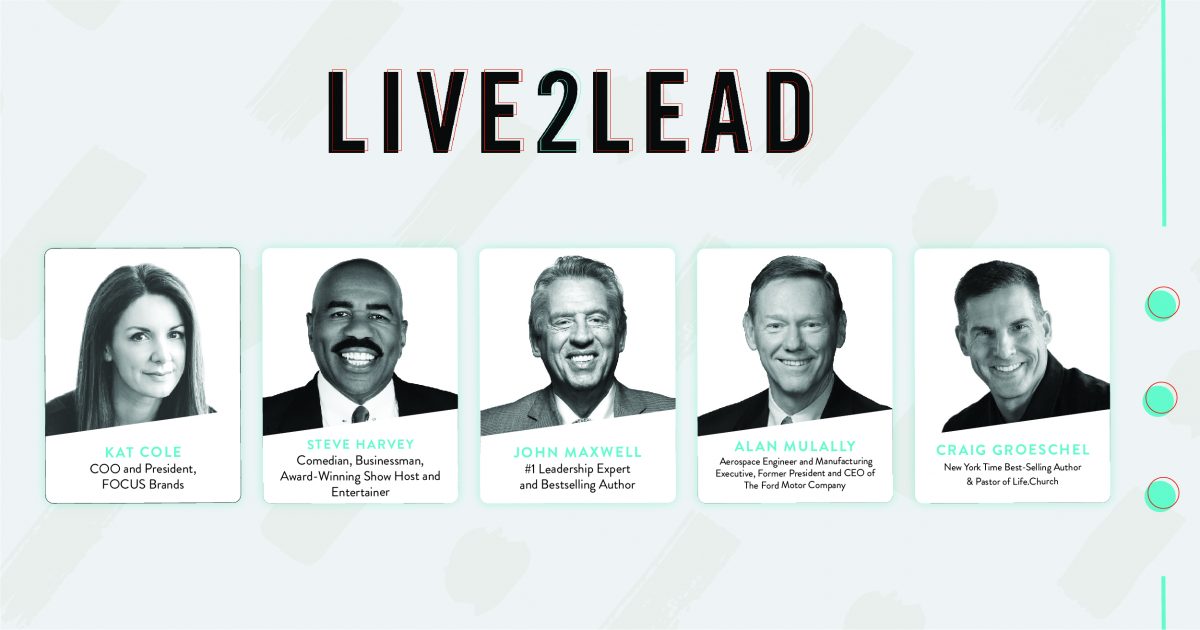
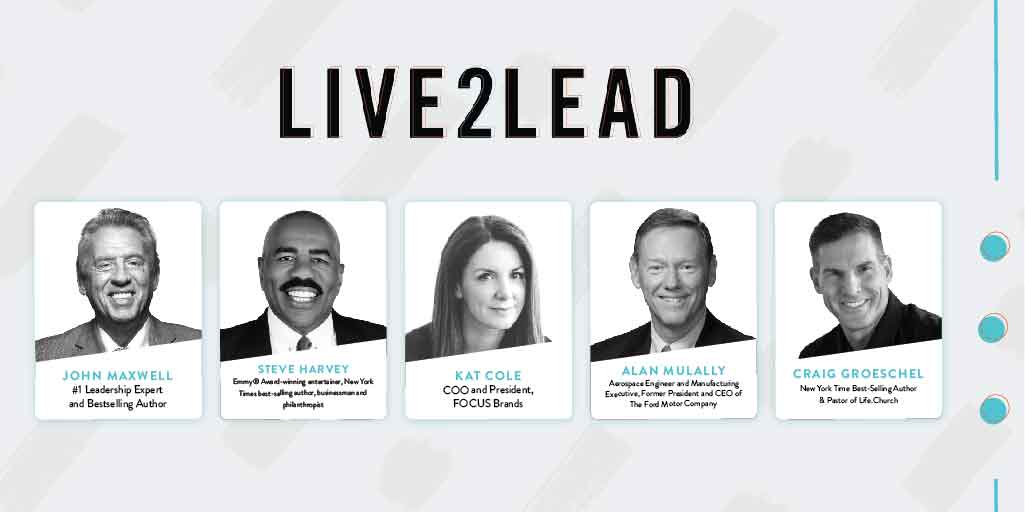


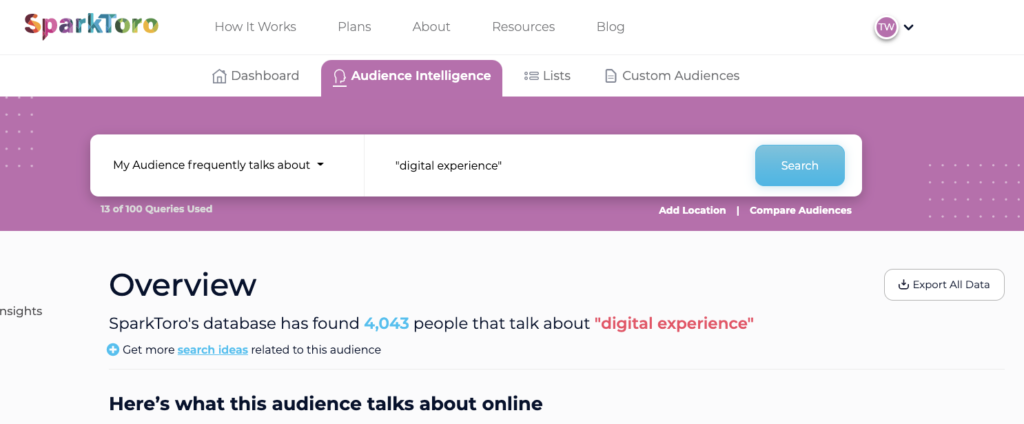
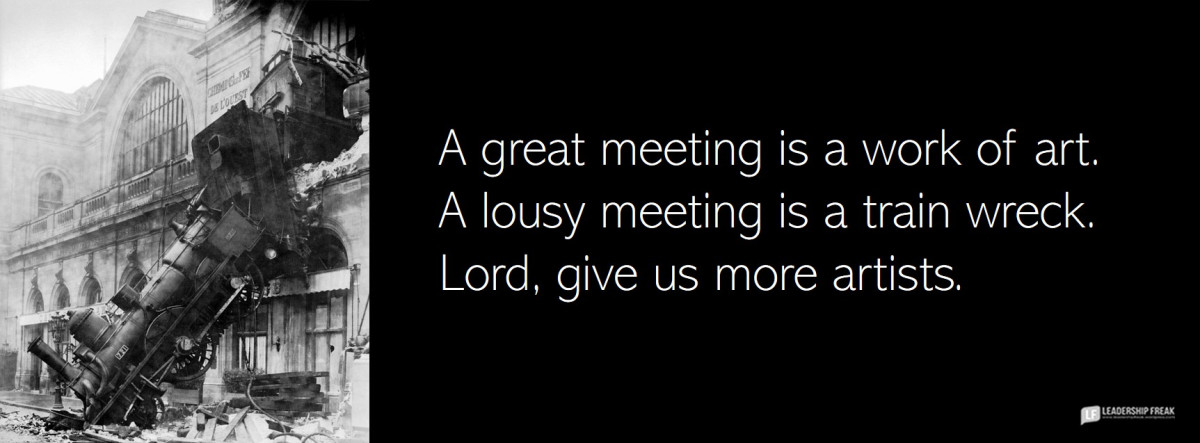
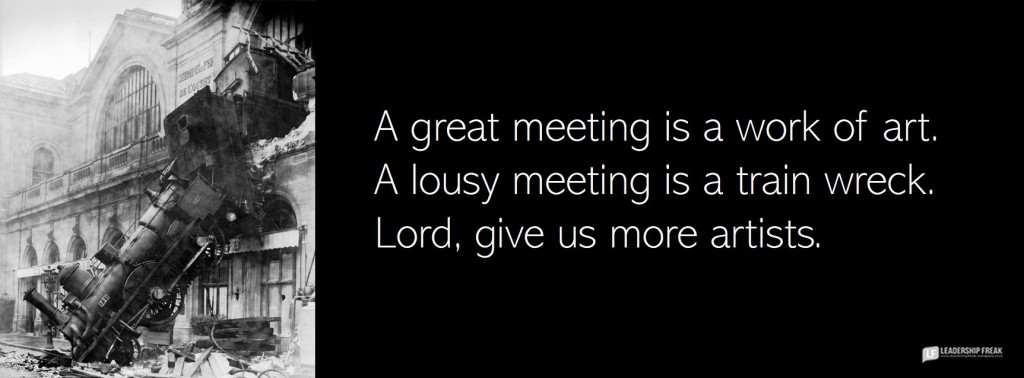
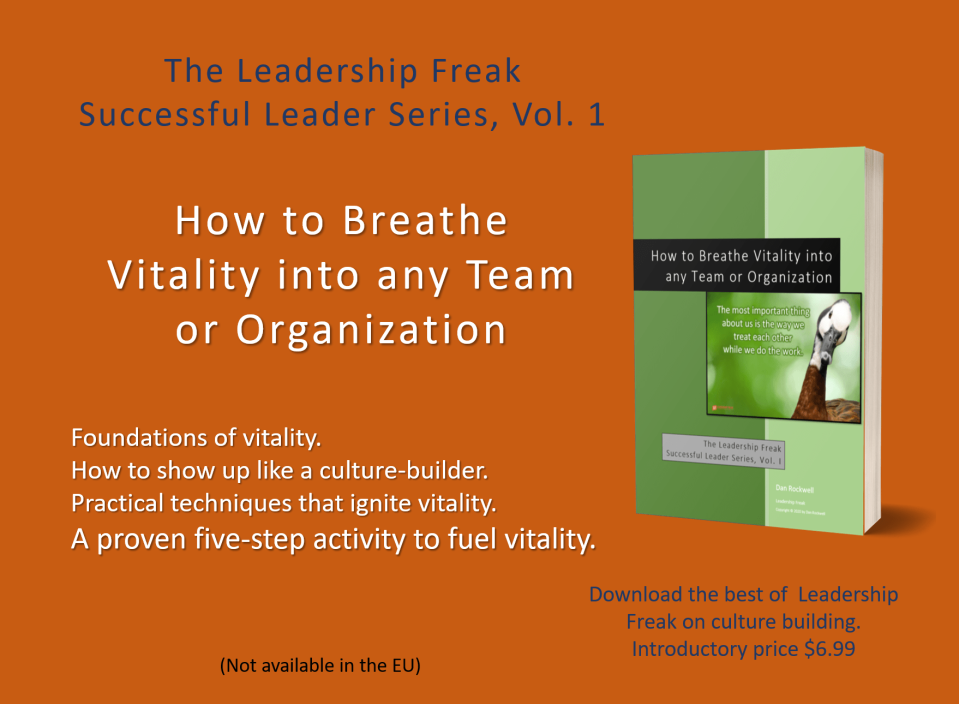




 Photo by
Photo by